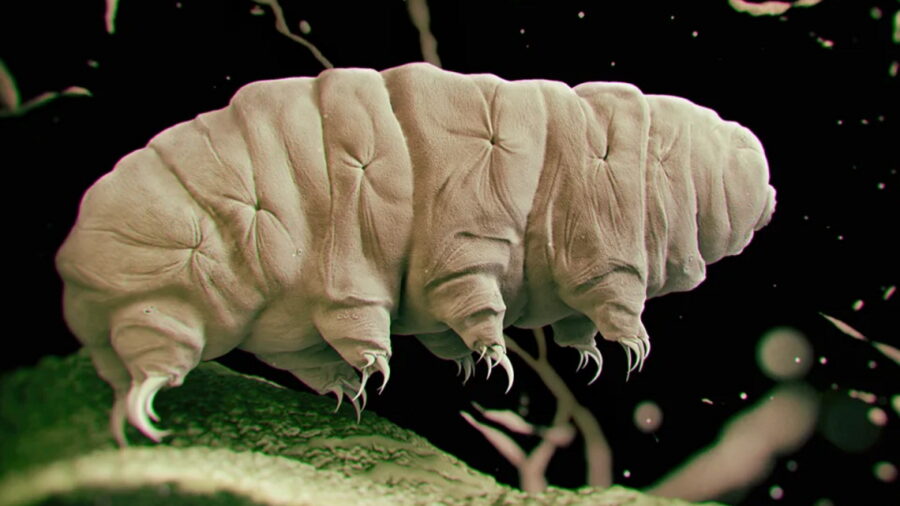Scientists Name Indestructible Species After Lord Voldemort’s Snake
Scientists in Finland have discovered a new species of tardigrade that can withstand any possible environment without a scratch - even space.
It’s never a dull moment on Earth, or on any other planet for that matter, as scientists have accidentally stumbled upon what they’re referring to as an “indestructible species.” Yahoo! Life reports that the major discovery happened when a group of scientists from Finland’s University of Jyväskylä was out for a routine collection of mosses, lichens, and leaves in Rokua National Park in Utajärvi. Upon further investigation under a microscope back at the lab, the researchers discovered a new species that they would come to find was a type of tardigrade – a microscopic animal that’s able to thrive in the most extreme conditions and even “likely survive the apocalypse.”
The best part? Those with a knowledge of the Harry Potter books and film franchise will certainly recognize the new species’ scientific name, with the Finnish scientists dubbing it Macrobiotus naginae. In case you didn’t catch it, the eight-legged, microscopic tardigrade has been named after Lord Voldemort’s snake (and Horcrux) Nagini.
That’s right, clearly there are some Potter fans working in the labs of the University of Jyväskylä, because this is the coolest ode to a movie we’ve ever seen make its way into science. The physical composition of M. naginae is a long, worm-like organism with tiny legs and nightmare-inducing claws. The new species can thrive in sandy environments, and can even be entirely digested by a snail, only to come out the other end and carry on with life as if nothing traumatic happened.
The researchers decided to give the new species the name of the cursed woman-turned-snake from Harry Potter because they saw a lot of similarities between the two – or maybe just a few. When it comes down to it, the organism looks like a snake, is limbless, and can continue living no matter what’s thrown in its path. Really, it seems like everyone had Potter on their minds and wanted to solidify one of the characters into science history books – something that we can’t blame them for.

As for the indestructible species known as tardigrades, they’re able to survive cold environments, continuing to exist in temperatures around -458 degrees Fahrenheit (or absolute zero for you science smarties out there), and can even carry on when completely void of water. We know what you’re thinking – how would a new species like this one survive in space? Well, luckily for us, in 2021, a group of very fun researchers tested that question and launched several tardigrades at a whiplash speed of 2,160 miles per hour. The tough-as-nails creatures survived without a mark, leading scientists to an upcoming experiment that will see how the microscopic critters endure 100 million miles an hour.
Like their namesake, the new species of tardigrades are prepared to push forward no matter what the cost, sure to be ticking off major milestones for the scientific community in the approaching months and years. Let’s just hope that M. naginae doesn’t find itself under a curse that would see it grow into a massive 12-foot-long version of itself – because then it would be over for all of us.












